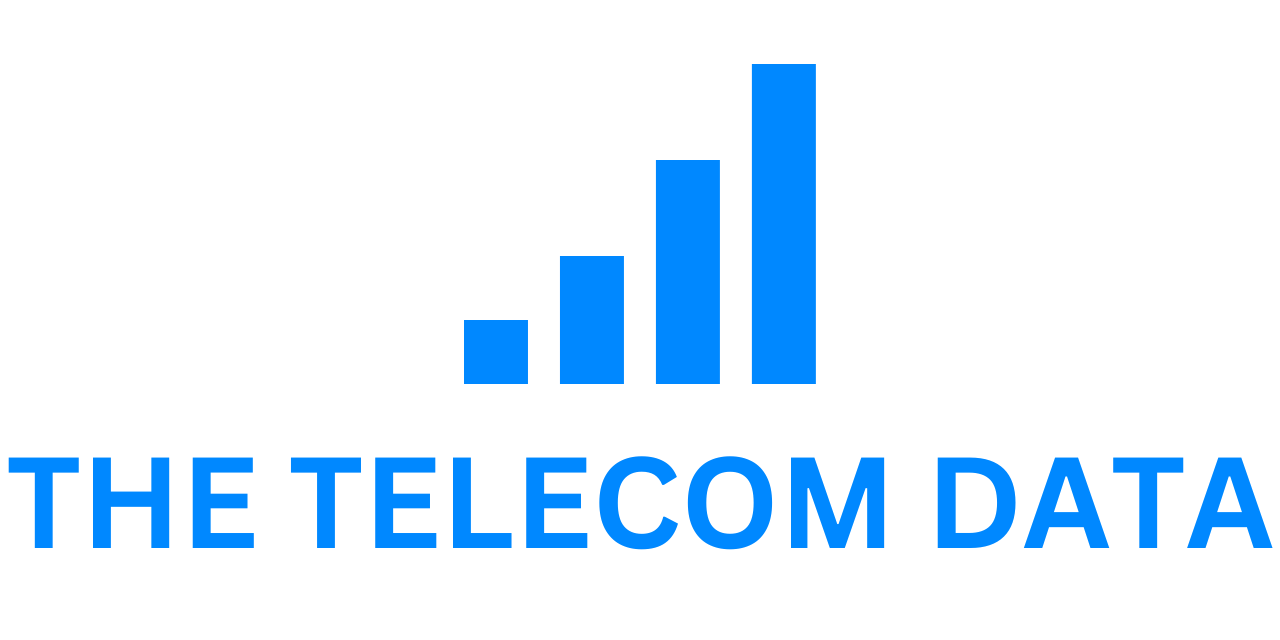Five years have passed since the momentous 2019 frequency auction heralded the onset of 5G deployment in Germany. Today, O2 Telefónica’s 5G network blankets an impressive 95 percent of the population, spanning major cities like Berlin, Braunschweig, Munich, and Mönchengladbach. With nearly every corner of Germany’s urban landscape now under its 5G umbrella, O2 Telefónica has also made significant strides in rural areas and along transportation corridors, gearing them for the future with rapid 5G expansion. Recent statistics from O2 Telefónica predict a continued surge in mobile data consumption in Germany, propelled by the advent of 5G technology.
“We recognize the indispensable role of high-performance networks in preparing our economy and society for the digital era. 2024 is poised to be the pivotal year for 5G, witnessing an exponential surge in mobile data traffic across our 5G infrastructure. This ultra-fast network is primed to cater to the mass market,” asserts Mallik Rao, Chief Technology & Information Officer at O2 Telefónica. As more individuals pivot towards 5G for both personal and professional endeavors, there’s a burgeoning trend of adopting compatible devices and tariffs. Indeed, 5G stands as a cornerstone in Germany’s journey towards digital transformation.
“Mobile 5G connectivity serves as a catalyst in addressing contemporary challenges such as reducing CO₂ emissions, alleviating traffic congestion, enhancing healthcare efficacy, and elevating educational standards,” elaborates CTIO Mallik Rao. According to an eco study, digital innovations facilitated by 5G can potentially slash emissions in Germany by up to 30 percent. Moreover, 5G applications promise streamlined processes, notably in healthcare, by fostering telemedicine and facilitating swift, wireless transmission of diagnostic data, alongside enabling hospitals to efficiently track medical equipment and bed occupancy.
O2 Telefónica’s commitment to 5G expansion is palpable, with over 10,000 5G base stations deployed since the network’s inception in October 2020. The addition of more than 50 new 5G transmitters per week underscores the relentless pace of advancement. In 2023 alone, O2 Telefónica extended 5G coverage to over 14,000 kilometers of roads and railways, encompassing a vast expanse of 60,000 square kilometers – a territory three times larger than Rhineland-Palatinate.
“We’re surpassing previous benchmarks in 5G deployment, progressing twice as fast as with 4G. Our commitment to rapid expansion remains unwavering,” emphasizes Mallik Rao. Reflecting on the exorbitant costs associated with frequency auctions since 2000, totaling over 66 billion euros, Rao laments the missed opportunity to channel these funds into comprehensive network infrastructure upgrades. Had these resources been directed towards fiber optic connectivity or erecting an additional 250,000 mobile towers, Germany could have secured a commanding lead in digitalization.
Source Link







